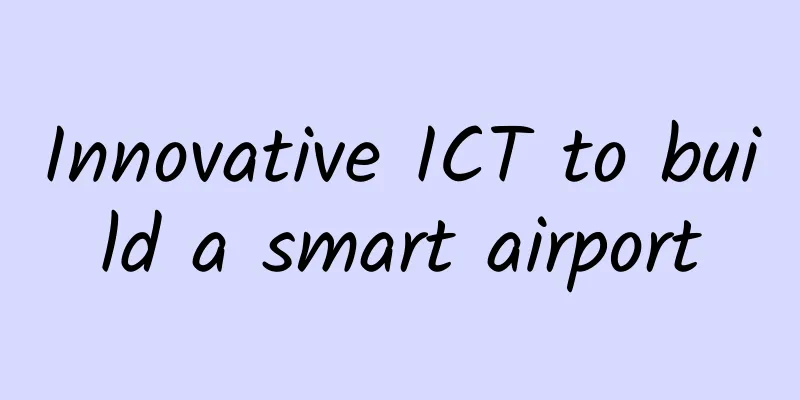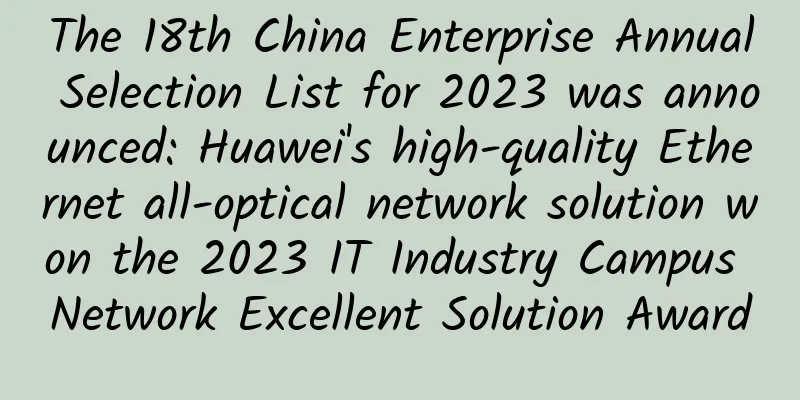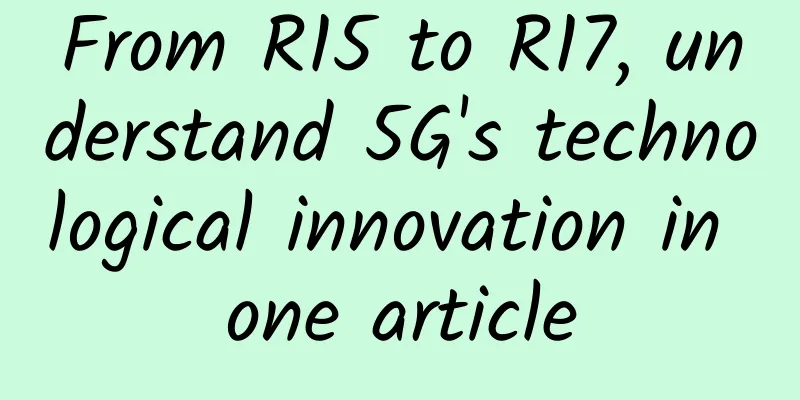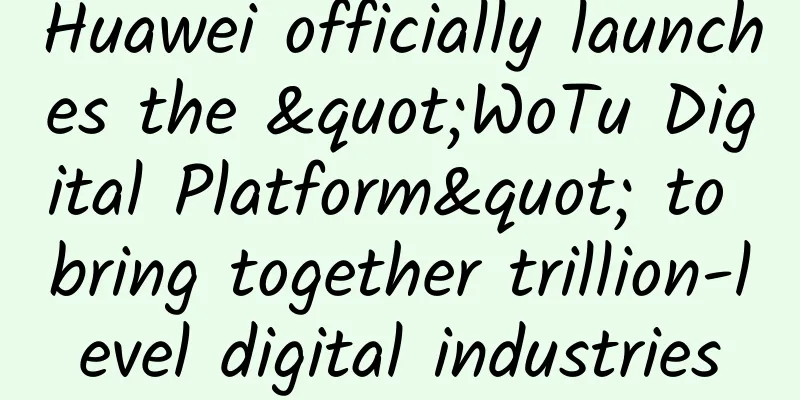Application of 5G in the Public Sector of Future Smart Cities
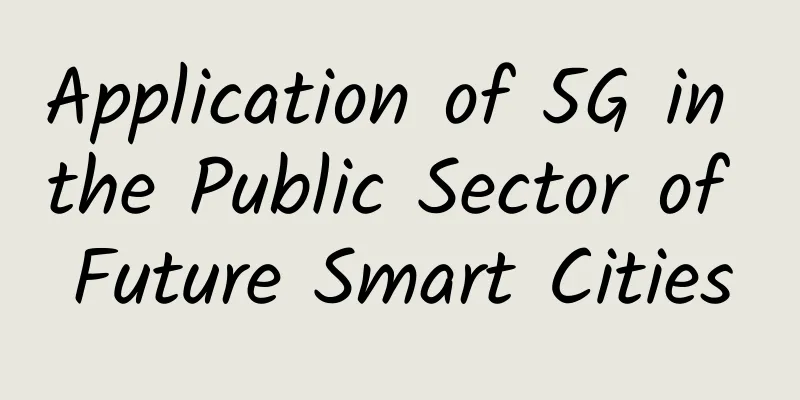
While the Internet of Things has revolutionized industrial operations, including manufacturing and healthcare, local governments around the world are looking to new technologies to build the smart cities of the future. However, infrastructure development in urban areas requires more than just the use of smart IoT devices. A high-performance, end-to-end and scalable connectivity framework is key to success. According to new research from Aberdeen Strategy and Research, 48% of organizations see 5G as a key driver behind connectivity and modernization initiatives. According to the GSM Association, it is expected that one-third of the world's population will have access to 5G networks by 2025. The National Telecommunications and Information Administration (NTIA) recently began repurposing at least 1,500 MHz of available spectrum for 5G satellite, mobile, and broadband connectivity in the country. In addition, Vodafone reported progress on open RAN infrastructure trials in North America and Europe, with a bid process expected to begin in 2024. The European Commission has allocated €200 million in funding in January 2023 for smart cities, healthcare, manufacturing and agriculture. When looking to implement 5G public sector solutions, organizations should look for services with high reliability and scalability, leveraging government assistance and funding for specific use cases while leaving more room for smart city innovation. Partnering with organizations that have experience in city implementations can also prove beneficial. Application of 5G technology in urban environmentOne of the main advantages of 5G technology is its high-speed data transmission capability. 5G can support many devices and sensors at the same time, collecting and analyzing data on various aspects of urban operations, including traffic flow, air quality and energy consumption. People can use this information to optimize infrastructure and make cities more efficient and sustainable. For example, 5G-enabled sensors monitor traffic in real time, allowing traffic signals to be optimized to reduce congestion and improve air quality. Similarly, 5G-powered smart grids can help cities efficiently manage energy use, reduce carbon emissions and promote sustainable development initiatives. Public service entities, including local governments, fire departments, and police departments, can take advantage of better communications and monitor them through smart devices, thereby enhancing the user-friendliness of transportation, public safety, transportation infrastructure, and public buildings. In addition, according to Aberdeen Strategy and Research, leading companies investing in IoT and connectivity technologies are 20% more likely to implement 5G solutions. In addition, 5G can also help develop new products and services that benefit city dwellers. For example, it can support the development of smart homes and buildings that control and optimize energy consumption. 5G can also promote the development of cutting-edge transportation services such as drones, self-driving cars and drones, which are expected to revolutionize urban transportation in the near future. In addition to the benefits for city residents, 5G can also help cities become more resilient in the face of natural disasters and other emergencies, significantly improving the efficiency of first responders. Similarly, according to Aberdeen Strategy and Research, 60% of public sector entities have witnessed better safety outcomes through faster network connectivity technology. For example, 5G-enabled sensors can monitor infrastructure and detect faults and other abnormal operations, allowing for early detection and repair through superior situational awareness. 5G can also support real-time communication and coordination systems, allowing city officials to respond to emergencies faster and more effectively. While public sector entities cannot easily develop and implement such cutting-edge technologies on their own, by partnering with specialized service providers dedicated to 5G technology, smart city solutions can be deployed more quickly. Challenges of implementing 5G5G Network Infrastructure Challenges Source: Aberdeen Strategy & Research Despite its potential benefits, deploying 5G technology in urban areas faces significant challenges. One of the most critical challenges is the need for significant infrastructure investment, including the installation of new base stations and fiber optic cables. Right now, areas with 5G coverage are still rare. 5G-enabled devices are also rare. Overall, the rollout has been relatively slow. A large part of the 5G network has very complex infrastructure and technical requirements. City managers need a lot of help hiring enough qualified professional technical talent to handle such infrastructure, which makes the existence of disconnected systems and tools a notable problem. It is important that city managers address data privacy and security concerns to ensure that data collected and transmitted by 5G-enabled devices has adequate safeguards. Malicious actors could take advantage of the transition to 5G if protections are not in place. The Internet of Things, augmented reality, virtual reality, and cloud service providers will rise faster with adequate protection. In summary, 5G will play a key role in urban development and operations. Using advanced technology capabilities, public sector leaders can extract and analyze data on different aspects of infrastructure and urban lifestyles, and build new services and products accordingly. However, security and privacy issues need to be addressed, as well as significant infrastructure investments, to provide comprehensive benefits to the community. |
<<: I am confused. If I want to store IP addresses, what data type is better?
>>: Enterprise Servers, Storage, and Networking: The Building Blocks of Modern IT Infrastructure
Recommend
SD-WAN architecture requires a new approach to network management
Software-defined networking (SDN) has become an i...
Just now: The Ministry of Industry and Information Technology requires the three major operators to conduct self-inspection of their "unlimited" packages!
The entire industry should immediately conduct se...
Entering the Third-Party Certification of IPv6 Technology
IPv6 certification assesses products, networks an...
Are you familiar with the all-optical networks that are being deployed one after another?
Recently, China Telecom Gansu Company held a pres...
HostYun: Hong Kong EPYC series 1~2Gbps bandwidth three-network BGP optimization monthly payment starting from 23.8 yuan
HostYun launched the internal test of the Hong Ko...
5G has been commercially available for a year. Can consumers still buy 4G mobile phones?
5G has been in commercial use for more than a yea...
Industry leaders discuss 6G vision: intelligent connection of all things, digital twins
As 5G network construction accelerates, related a...
Ethernet in IoT Still Has a Role in the Wireless Era
When it comes to the Internet and cloud computing...
CheapWindowsVPS 20% off for the first month, 4G memory 1Gbps unlimited traffic KVM 7.2 USD for the first month, 8 computer rooms available
At Cheap Windows VPS, we are always innovating ou...
Thoughts and insights on cloud resource orchestration
[[414382]] 1. Background On July 9, 2018, I joine...
How to implement a 100-channel network camera monitoring solution?
1. Calculate line bandwidth First, we need to det...
Comparing the 5G pace of the three major operators: China Telecom advocates steady progress in four points
As the core of the next generation technology, 5G...
DiyVM: 50% off VPS in the US/Japan/Hong Kong, 2G memory package for 50 yuan per month
DiyVM is an early Chinese hosting company, founde...
Megalayer: Limited-time flash sale for Hong Kong servers starting at 199 yuan/month, Hong Kong 15~40M optimized bandwidth servers starting at 399 yuan/month, home broadband VPS starting at 50% off
Megalayer launched the "April Carnival, Cont...
Cisco releases "IT Operations Readiness Index" prediction: More CIOs are willing to adopt analytics and automation technologies, and the way IT operations will undergo a major change
Recently, Cisco announced the launch of a new IT ...


